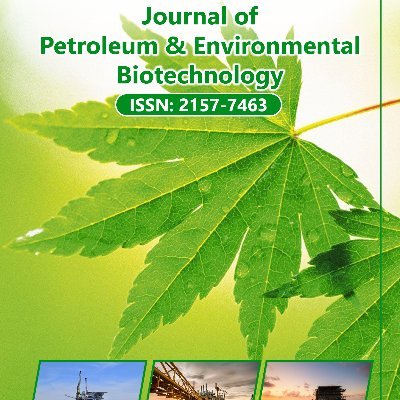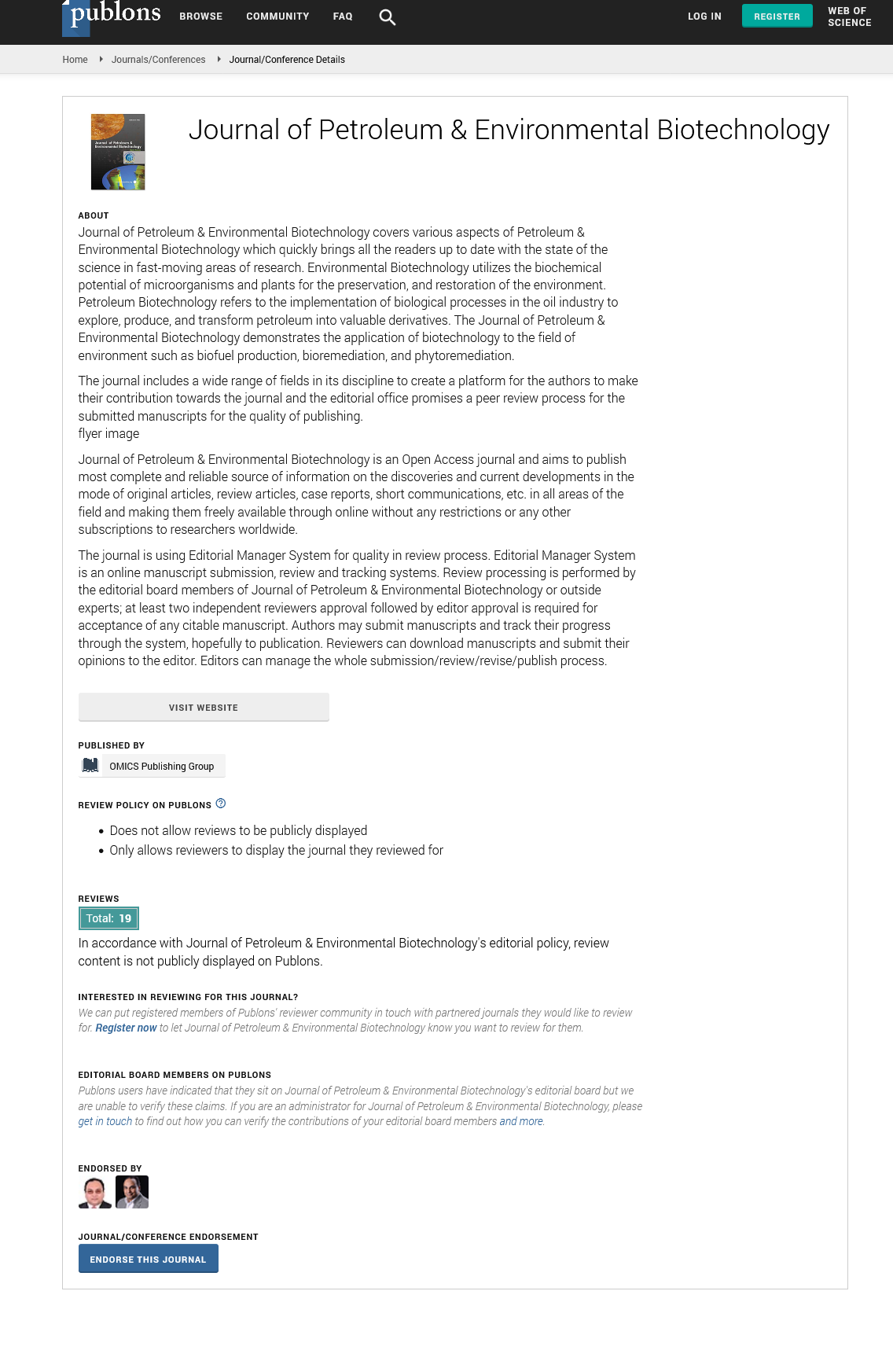Indexed In
- Open J Gate
- Genamics JournalSeek
- JournalTOCs
- China National Knowledge Infrastructure (CNKI)
- Electronic Journals Library
- RefSeek
- Hamdard University
- EBSCO A-Z
- OCLC- WorldCat
- SWB online catalog
- Virtual Library of Biology (vifabio)
- Publons
- MIAR
- Euro Pub
- Google Scholar
Useful Links
Share This Page
Journal Flyer

Open Access Journals
- Agri and Aquaculture
- Biochemistry
- Bioinformatics & Systems Biology
- Business & Management
- Chemistry
- Clinical Sciences
- Engineering
- Food & Nutrition
- General Science
- Genetics & Molecular Biology
- Immunology & Microbiology
- Medical Sciences
- Neuroscience & Psychology
- Nursing & Health Care
- Pharmaceutical Sciences
Heat stress management for workers in hot climates
3rd International Conference and Expo on Oil and Gas
July 13-14, 2017 Berlin, Germany
Neil Hokins
Healthfit International, Australia
Posters & Accepted Abstracts: J Pet Environ Biotechnol
Abstract:
Statement of the Problem: Heat stress illnesses and deaths are still occurring in the oil/gas/mining sectors worldwide. Companies have a duty of care to their workforce to ensure controls are in place to reduce risks/hazards in the work place. Methodology & Theoretical Orientation: Heat stress management plans are set up in many industries like construction/mining/oil and gas/maritime etc., in Australia, Papua New Guinea and also in the Danakil desert in Ethiopia. These plans are country/project specific to meet the needs of employees working in these austere environments. Findings: On every project that we have rolled out these heat stress management plans, we have been able to reduce all heat stress related illnesses to nil. We also found that we can reduce fatigue conditions thereby reducing accident/incidents from occurring and also decrease minor sprains and strains, thereby decreasing MTI's/LTI's. The plan also reduces down time such as work rest cycling via the use of the thermal work limit heat stress indices and engineering controls that we can introduce, this is a win-win situation for any company and its employees, as it reduces lost production costs to the company and also reduces the chance of an employee having a heat stress illness event and also increases productivity of the worker because the comfort ability rating to the body is much higher, which means they will be able to burn off more energy with a reduced risk of heat stress illness. Conclusion & Significance: Heat stress management plans are easy to set up and cost effective, they can if instigated effectively reduce heat stress illness to nil and reduce fatigue and workplace incidents.
Biography :
Email: Neil@healthfit.net.au

